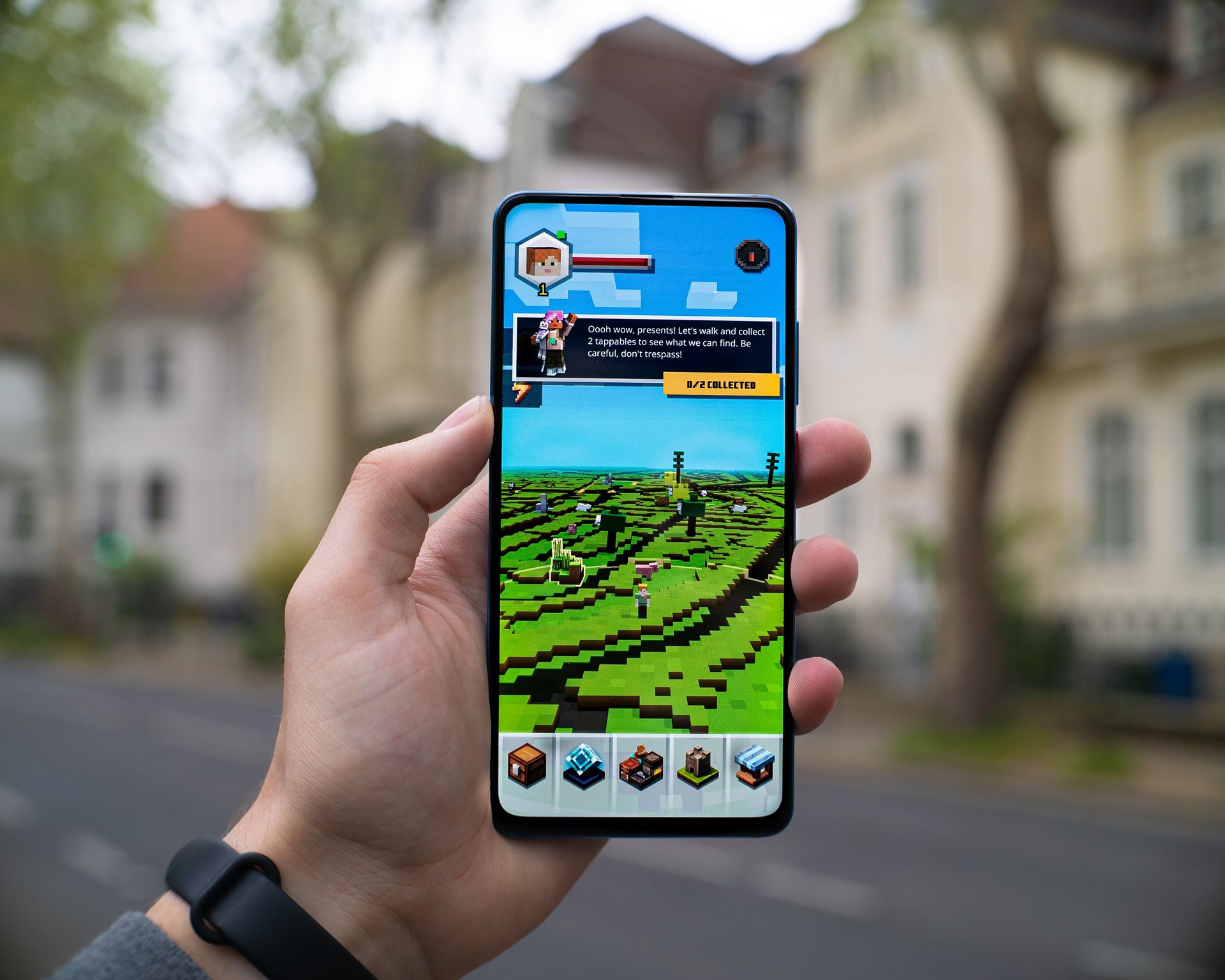
Imagine playing a game where enemies are not scripted but react by learning from your actions and adapting to your strategies. This is the vision of games where AI learns from player actions, a new frontier of gaming that promises to deliver more immersive, interactive, and personalized experiences. In this article, we will explore how AI is used to create games that learn from you and look at some examples of games that use AI to learn from player actions.
Unpacking how games learn and adapt
Games that adapt to your every move often employ machine learning, a facet of artificial intelligence that enables computers to learn from data and experiences. This technology creates dynamic game enemies, analyzing your behavior to adjust their difficulty and tactics accordingly. As seen in poker, where computers develop the ability to pick up on players’ habits after just a few hands, this adaptive approach enhances the gaming experience. Procedural generation, another critical technology, automatically generates game content based on mathematical rules. This technique is harnessed to craft interactive and responsive game worlds that evolve with your choices, seamlessly generating new environments, creatures, and resources on the fly.
The Nemesis System unleashed: Middle-earth: Shadow of Mordor
Middle-earth: Shadow of Mordor pioneers the fusion of machine learning and gameplay through its groundbreaking Nemesis System. This system crafts unique adversaries that dynamically evolve based on player interactions, remembering encounters, forming rivalries, and adapting in a continuous dance of challenge and strategy. It represents a paradigm shift in gaming, where enemies not only react but actively learn and bear the imprint of past engagements.
Navigating the cosmos: No Man’s Sky and procedural generation
No Man’s Sky exemplifies the potential of procedural generation in creating a vast, ever-evolving universe. In this game, the AI uses procedural generation to create a dynamic and adaptive world constantly evolving and expanding. The game generates planets, creatures, plants, and resources based on mathematical rules and algorithms, allowing you to explore, discover, and modify them. This creates a more varied and unpredictable gameplay experience, as you have to deal with a world that learns from and changes with you.

Shaping narratives: Detroit: Become Human’s storytelling engine
Detroit: Become Human takes a narrative approach, utilizing the Storytelling Engine to craft a nonlinear and intricate narrative influenced by player choices. The game’s complexity lies in its ability to shape a unique history for each player, resulting in a profoundly engaging and emotionally resonant gameplay experience. The game features multiple playable characters, each with their storylines, goals, and dilemmas, and allows you to shape their fates and the world’s fate. This creates a more engaging and emotional gameplay experience, as you must face a story that learns from and reflects you.
Alien Intelligence: Alien: Isolation’s adaptive horror
In the horror genre, Alien: Isolation stands out by using machine learning to create a terrifying and unpredictable alien antagonist. This adaptive enemy learns from players’ moves, reacting intelligently to strategies and actions. The game’s use of machine learning elevates the horror experience, providing an ever-shifting challenge that keeps players on the edge of their seats.
Crafting universes: Minecraft’s procedural playground
Minecraft, the iconic sandbox game, harnesses procedural generation to craft a limitless and ever-changing world. The game ensures a consistently evolving and expanding environment as players explore, build, and modify their surroundings. Minecraft’s success lies in its ability to offer players a canvas where their creativity shapes their experience and the very fabric of the virtual world.
 Source: Mika Baumeister, via Unsplash
Source: Mika Baumeister, via Unsplash
Interactive storytelling: The Walking Dead’s narrative evolution
The Walking Dead, a narrative-driven game set in a zombie apocalypse, utilizes interactive storytelling to create a compelling and dramatic narrative shaped by players’ moral choices and actions. The consequences of decisions echo throughout the game, adding complexity to the unfolding story and reinforcing the symbiotic relationship between player agency and narrative evolution.
Morphing realities: Fable’s dynamic role-playing
In role-playing, Fable introduces the Morphing System, dynamically altering the player’s appearance, reputation, and abilities based on their actions and decisions. This system underscores the game’s commitment to player agency, creating a personalized adventure where choices reverberate through the hero’s journey. Fable exemplifies how technology can be wielded to seamlessly integrate player decisions into the fabric of a dynamic and ever-changing gaming world.
The future of gaming
The fusion of machine learning and procedural generation has ushered in a new era of adaptive and immersive experiences. From enemies that learn and evolve based on player interactions to procedurally generated worlds that dynamically respond to choices, these technologies are shaping a future where games actively co-create with the players. This offers a personalized and ever-evolving digital frontier. As we navigate this intersection of artificial intelligence and gaming, the possibilities for innovation and player engagement are boundless, promising a future where every gaming experience leaves a unique imprint.
Featured image credit: Mohamed Nohassi/unsplash





